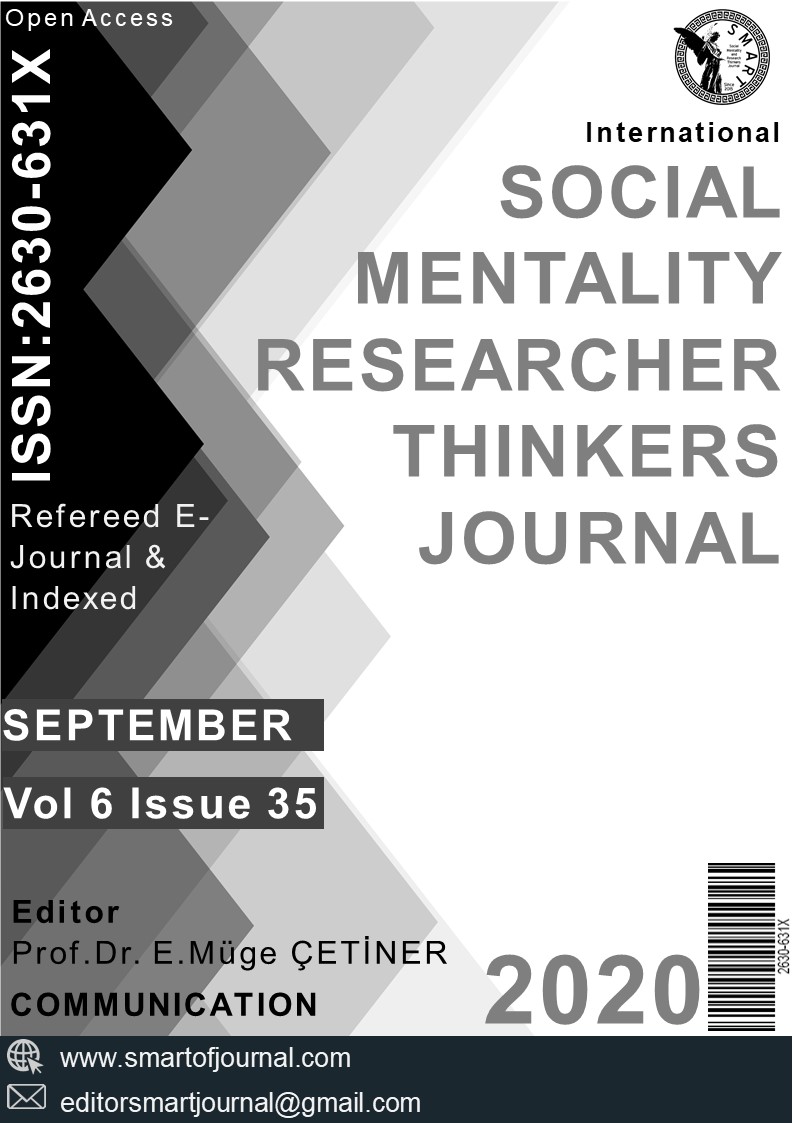Author :
Abstract
İnsan beyninin çesitli fonksiyonları arsında müzigin olusturulması ve yorumlanması geçmisten günümüze birçok araştırmacının ilgi odağı olmustur. Bu konu müzisyenlerin olduğu kadar nörologların ve nöropsikiyatristlerin de ilgisini çekmistir. İnsanlık tarihi boyunca, her kültürde insanlar müzikle uğraşmış ve müzikten keyif almıştır. Dolayısıyla müzik her yerde olan ve uygulanan bir fenomendir. Sadece insanlar müzik aleti çalmayı öğrenir ve sadece insanlar gruplar halinde ve iş birliği içinde enstrüman çalabilir. Bir grupta müzik yapmak insan beyni için neredeyse tüm bilişsel süreçleri devreye sokan müthiş zorlu bir görevdir. Müzik eğitimi, eğitici, yetiştirici, geliştirici, sabırlı ve disiplinli olmayı öğretici, güdüleyici yönleriyle oldukça önemli bir eğitim biçimidir. Tarih boyunca dünya milletleri müziğin eğitsel rolüne inanmışlar, ona bir eğitim aracı olarak bakmış ve önem vermişlerdir. Günümüz modern hayatında beyin, etkileşim ve çalışmasındaki rolü ile eğitim anlayışının vazgeçilmez bir ilkesi haline gelmiştir. Beyin müziği nasıl algılar, olusturur ve yorumlar? Bunlar bugün bile ucu açık sorular olarak algılanmaktadır. Müziğin olusturulmasından ve algılanmasından sorumlu merkezler ve iletisim yolları hangileridir? Bunların eğitim ile geliştirilmeleri mümkün müdür? Bu çalısmada geniş bir literatür taraması yapılarak bu sorulara cevaplar aranmıştır.
Keywords
Abstract
Among the many other different functions of human brain perception, production and developmental aspects of music has been the interest of many researchers. This subject has been the area of interest of not only the musicians but also the neurologists and the neuropsychiatries. Throughout human history, in every human culture, people have played and enjoyed music. Thus music is a phenomen happening and practiced everywhere. Only humans can learn to play musical instruments, and only humans can play instruments cooperatively together in groups. Making music in a group is a tremendously demanding task for the human brain that engages virtually all cognitive processes. Music education is a very important form of education with its instructive and motivational aspects to be educative, nurturing, developing, patient and disciplined. Throughout history, nations of the world have believed in the educational role of music, regarded it as an educational tool and attached importance. In today's modern life, the brain has become an indispensable principle of education with its role in interaction and work. How does the brain perceive, compose and interpret music? Today these questions are still perceived as open-ended questions. What are the communication paths and centers responsible for composing and perceiving music? Is it possible to develop them with training? In this study, answers to these questions were sought by making an extensive literature review.
Keywords
- Bever, T. G., Chiarello, R.J. (1974). Cerebral dominance in musicians and nonmusicians.
- Bever, T. G., Chiarello, R.J. (1974). Cerebral dominance in musicians and nonmusicians. Science,185(150):537–539.
- Boettcher, W. S., Hahn, S. S., Shaw, G. L. (1994). Mathematics and Music: A Search for Insight into Higher Brain Function, Leonardo Music Journal, Vol. 4, pp. 53-58.
- Elbert, T., Pantev, C., Weinbruch, C., Rockstroh, B., Taub, E. (1995). Increased cortical representation of the left hand in string players. Science, 270:305-307.
- Kimura, D. (1961). Right temporal lobe damage. Archives of Neurology, 8, 48-55.
- Koelsch, S., Siebel, W.A. (2005). Towards a neural basis of music perception. Trends Cogn. Sci, 9, 578–584.Mc Dermott, J. H., Oxenham, A. J. (2008). Current Opinion in Neurobiology. Volume 18,Issue4,pp.452-463.Munte, T.F., Altenmuller, E., Jancke, L. (2002). The musician's brain as a model of neuroplasticity. Nat Rev Neurosci, 3:473–478
- Pantev, C., Engelien, A., Candia, V., Elbert, T. (2003). Representational cortex in musicians. P. I. R. Zatorre (Ed.), The cognitive neuroscience of music. Oxford: Oxford University Press, pp. 382–395.
- Patel, A.D., Iversen, J.R., Rosenberg, J.C. (2006). Comparing the rhythm and melody of speech and music: The case of British English and French. Journal of the Acoustical Society of America, 119:3034-3047.
- Perry, B. D. (2002). Brain Structure and Function, W.W. Norton and Company, New York.
- Reimer, B. (2004). New Brain Reaserch on Emotion and Feeling: Dramatic Implication for Music Education, Arts Education Policy Review, Vol. 106. No.2.
- Sergent, J. (1993). Mapping the musician brain. Human Brain Mapping,1: 20–38.Warren, J. D. (1999). Variations on the musical brain. J R Soc. Med 92:571–575.Weinberger, N. M. (2004). Music and Brain, Scientific American, 291(5): 88-95.
- Zatorre, R. (2005). Music the food of neuroscience? Nature, 434, 7031; ProQuest Science Journals
